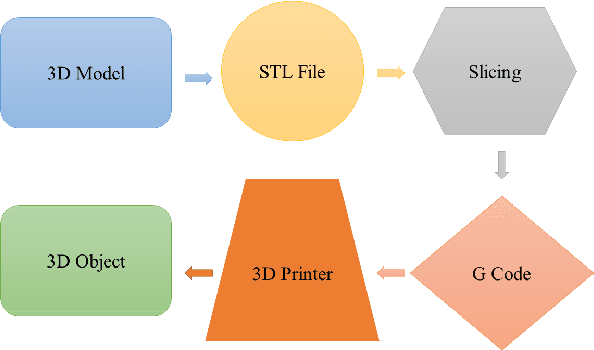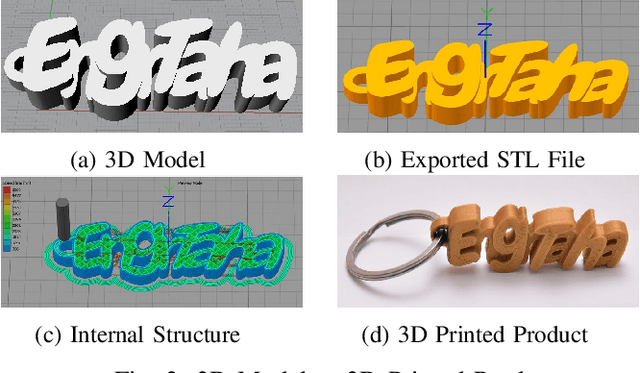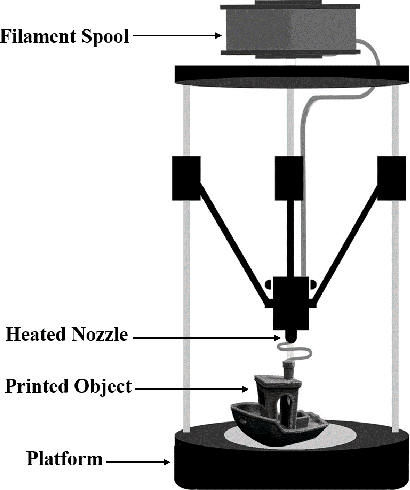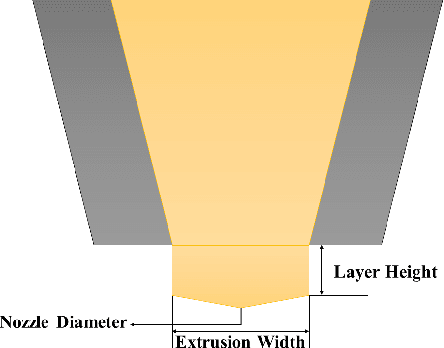Taha Hasan Masood Siddique
q-RBFNN:A Quantum Calculus-based RBF Neural Network
Jun 02, 2021



Abstract:In this research a novel stochastic gradient descent based learning approach for the radial basis function neural networks (RBFNN) is proposed. The proposed method is based on the q-gradient which is also known as Jackson derivative. In contrast to the conventional gradient, which finds the tangent, the q-gradient finds the secant of the function and takes larger steps towards the optimal solution. The proposed $q$-RBFNN is analyzed for its convergence performance in the context of least square algorithm. In particular, a closed form expression of the Wiener solution is obtained, and stability bounds of the learning rate (step-size) is derived. The analytical results are validated through computer simulation. Additionally, we propose an adaptive technique for the time-varying $q$-parameter to improve convergence speed with no trade-offs in the steady state performance.
3D Object Localization Using 2D Estimates for Computer Vision Applications
Sep 24, 2020



Abstract:A technique for object localization based on pose estimation and camera calibration is presented. The 3-dimensional (3D) coordinates are estimated by collecting multiple 2-dimensional (2D) images of the object and are utilized for the calibration of the camera. The calibration steps involving a number of parameter calculation including intrinsic and extrinsic parameters for the removal of lens distortion, computation of object's size and camera's position calculation are discussed. A transformation strategy to estimate the 3D pose using the 2D images is presented. The proposed method is implemented on MATLAB and validation experiments are carried out for both pose estimation and camera calibration.
Low Cost 3D Printing for Rapid Prototyping and its Application
Nov 25, 2019



Abstract:In the recent years of industrial revolution, 3D printing has shown to grow as an expanding field of new applications. The low cost solutions and short time to market makes it a favorable candidate to be utilized in the dynamic fields of engineering. Additive printing has the vast range of applications in many fields. This study presents the wide range of applications of the 3D printers along with the comparison of the additive printing with the traditional manufacturing methods have been shown. A tutorial is presented explaining the steps involved in the prototype printing using Rhinoceros 3D and Simplify 3D software including the detailed specifications of the end products that were printed using the Delta 3D printer.
 Add to Chrome
Add to Chrome Add to Firefox
Add to Firefox Add to Edge
Add to Edge